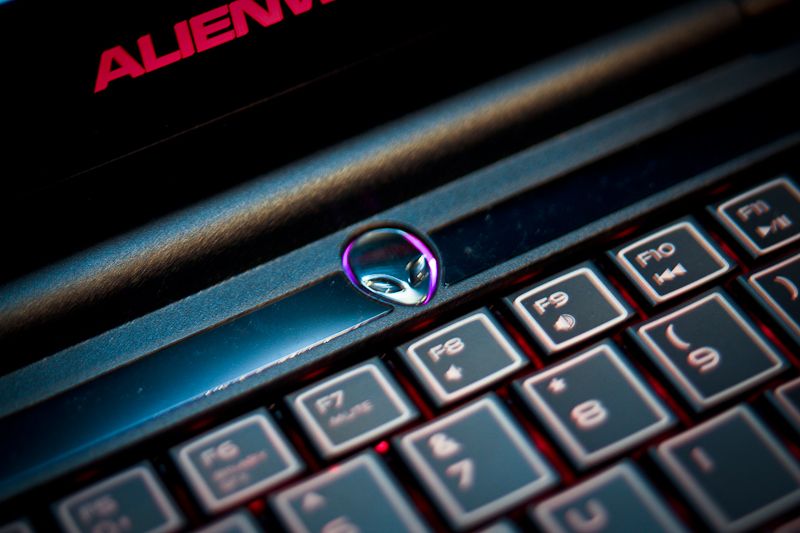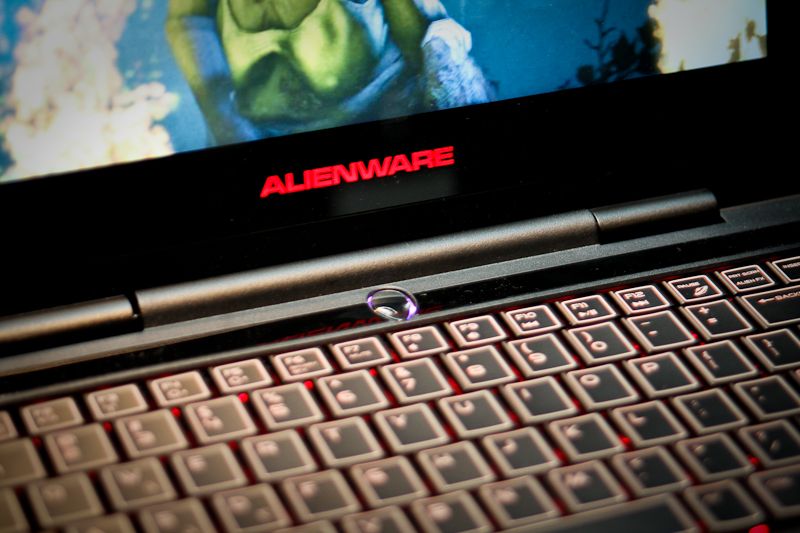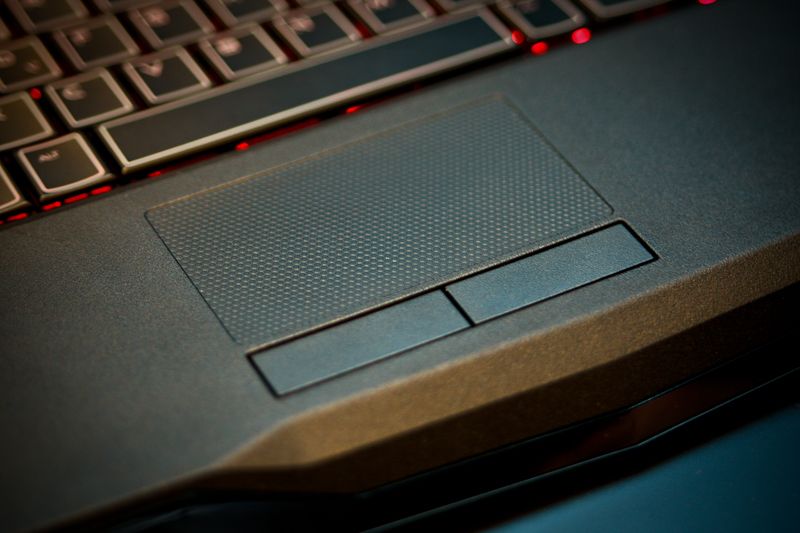Dell surprised many people with its announcement at CES that the next Alienware machine to join the company's hardcore gaming line-up would be a tiny 11-incher that had more in common with a netbook than a traditional gaming PC.
But despite its diminutive dimensions, the M11x we reviewed crammed rather a lot into its tiny chassis. It packs an Intel SU7300 Core 2 Duo processor, 2GB of RAM, a switchable 1GB Nvidia GeForce GT 335M graphics card which can be turned on and off at whim, an 11.6-inch TFT display running at 1366 x 768 resolution, and a 250GB hard drive.
There's a massive range of connectivity options, too - on the physical side, there's 3x USB ports, HDMI-out, a DisplayPort connector, Mini FireWire, VGA, card reader and even a slot for a SIM card. On the wireless side, there's 802.11b/g/n Wi-Fi and the aforementioned 3G if you've got a handy SIM card lying around.
We've had a couple of opportunities to get hands-on with the M11x now, and every time we've been impressed. The dinky little thing looks just like a full-size Alienware M15x or M17x, but as if a mad scientist has turned a shrinking ray on it. There's the same speaker ports, the same alien head staring at you from above the keyboard, the same backlighting and the same applications that let you tweak all of the above to customise how you want it.
Our quick take
We don't have any pricing or release date info just yet but this thing looks pretty much finished, so it probably won't be long before it makes its way onto the market - we'd give it a couple of months at most. It'll cost $800 in the US, which will probably translate to something like £699 in Britain.
The M11x has got us excited about playing games on the move that are a little more developed than just Peggle or Braid. Performance is impressive, as is the keyboard, but the price is still a tad high, even if it's considerably lower than Alienware's 15-inch and 17-inch models. From our brief time with the Alienware M11x, it seems like this will be a solid option for the travelling gamer.

First Look
| FOR | AGAINST |
|---|---|
|
|
We've never been the biggest fans in the world of Alienware's big alien head design - finding it a bit gaudy and - if we're frank - a little embarrassing. Thankfully the company has toned it down considerably since being bought by Dell in 2006. Even so, Alienware laptops can't be described as "subtle". Essentially, you'll either love or hate it - the problem is that if you hate it then there aren't too many alternatives - most other gaming machines have similar design.
The 11-inch screen is clear, bright and crisp. Viewing angles are good, but while we couldn't fault the contrast ratio in the dark rooms we tested it in, this is obviously a portable machine and we weren't able to see how it performs in sunlight. Not great, we'd imagine, but no worse than other laptops.
The weight is worth remarking on. While the M11x is the size of a netbook, it weighs more like a regular laptop - about 1.8kg. For comparison, the 10-inch Acer Aspire One weighs 1kg - nearly half as much. It's not going to break your back - it's still portable - but don't expect not to feel it if you're lugging the machine around a lot in your bag.
We were impressed by the keyboard. It's smaller than a regular one, but the keys are rounded, travel a good distance and don't feel flimsy in the slightest. You won't have to worry about the R key pinging off just as you desperately need to reload your weapon. The WASD keys felt just about big enough. The trackpad was nicely textured but small - you're definitely going to want to plug a mouse in if you're playing games for long.
The big question, though, is whether the performance of this machine lives up to its Alienware branding. Well, given the specs above and the relatively low screen resolution, we weren't too surprised to find that this thing flies. We tried Call of Duty 4, Arkham Asylum, and Left 4 Dead 2, and despite the occasional stutter when there was a lot going on on-screen, things ran very smoothly indeed - albeit without any anti-aliasing or "Ultra" graphics settings.
The battery life is claimed at about 6.5 hours if you're just using it normally, and 2 hours of full-on gaming. If it can truly deliver those kinds of times, we'll be impressed, but we were disappointed to discover that the battery is not user-replaceable - it's built into the device. Apparently that was the only way to get the machine as small as it is - otherwise it would have been sticking out of the back.
To recap
Real 3D gaming on the go becomes a viable option


